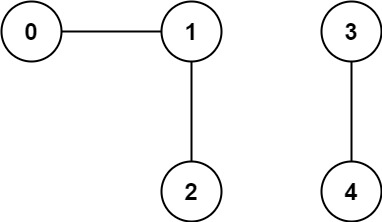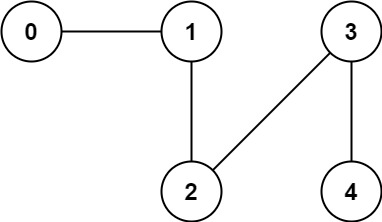323. Number of Connected Components in an Undirected Graph
323. Number of Connected Components in an Undirected Graph
Description
Difficulty: Medium
Related Topics: Depth-First Search, Breadth-First Search, Union Find, Graph
You have a graph of n nodes. You are given an integer n and an array edges where edges[i] = [ai, bi] indicates that there is an edge between ai and bi in the graph.
Return the number of connected components in the graph.
Example 1:

1 | Input: n = 5, edges = [[0,1],[1,2],[3,4]] |
Example 2:

1 | Input: n = 5, edges = [[0,1],[1,2],[2,3],[3,4]] |
Constraints:
1 <= n <= 20001 <= edges.length <= 5000edges[i].length == 2- 0 <= ai <= bi < n
- ai != bi
- There are no repeated edges.
Hints/Notes
- 2023/09/02
- union find
- if the edge’s two nodes are not connected previously, then minus the number of component since they are connected now
- premium
Solution
Language: C++
1 | class Solution { |